London’s Abandoned World War II-Era Tunnels Could Be Getting a New Lease On Life
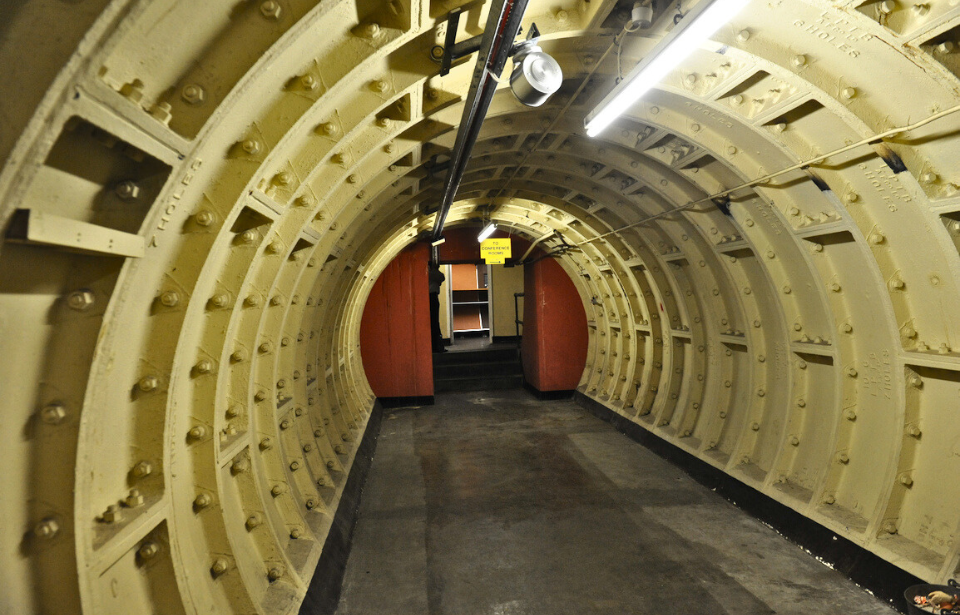
Remnants of the Second World War can be found across Europe, including in London, England. The capital was the target of an innumerable amount of air raids during the conflict and thus a need arose to protect innocent civilians from the aerial assaults. It was decided that underground shelters – called “deep-level shelters” – would be constructed. The most famous were the Kingsway Exchange Tunnels, which may be getting a second lease on life.
The Blitz
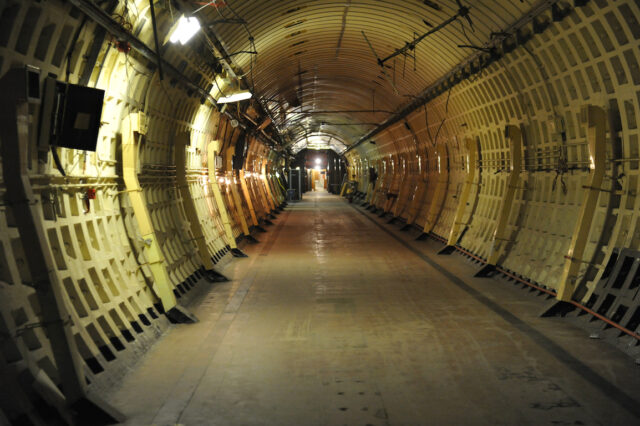
Before we can discuss the Kingsway Exchange Tunnels, we must first get into more detail about the Blitz. Occurring between September 1940 and May 1941, it saw the United Kingdom – in particular, London, Coventry, Southampton and Birmingham – become the targets of relentless aerial assaults by the Luftwaffe.
Over the course of those nine months, 43,500 civilians lost their lives, and while the Germans continued to conduct air raids over Britain throughout the course of the Second World War, the incidents became more infrequent as the conflict progressed and the fighting intensified elsewhere in Europe.
A need to protect civilians from the Blitz
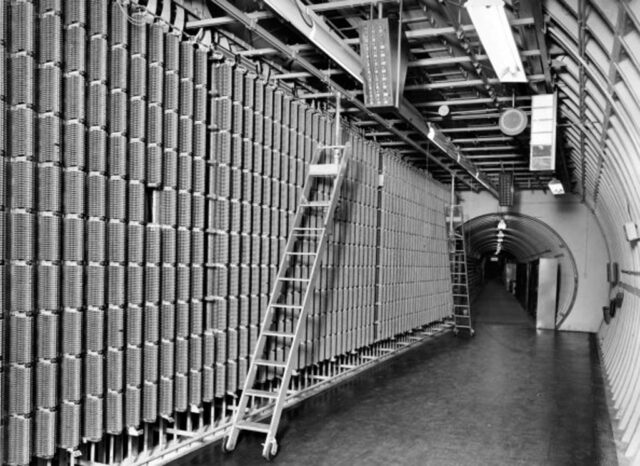
The British government knew it needed to protect everyday citizens from the incessant German attacks and thus commissioned London Transport to construct a number of underground shelters. The Kingsway Exchange Tunnels were built 40 meters below Chancery Lane, in the High Holborn district.
The others were constructed at Belsize Park; Clapham North, South and Common; Camden Town; Stockwell; and Goodge Street.
Kingsway Exchange Tunnels
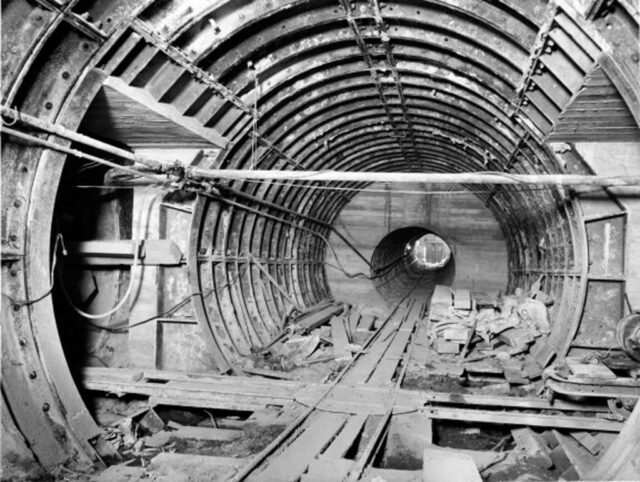
The Kingsway Exchange Tunnels were made up of two tunnels running east-west, on either side of the Central Line. As with the others, they were dug by hand, meaning the process was slow and tedious. By the time they and the rest of the deep-level shelters were completed, it was 1942 and the air raid threat had lessened significantly.
Each tunnel consisted of an upper and lower floor, which were each divided into sub-shelters. They had eight canteens, latrines, three-tiered bunk beds and medical bays, and they were staffed by Air Raid Precautions (ARP) members. Upon being rendered useless, they were used to store military equipment and supplies.
Home to Winston Churchill’s ‘Secret Army’
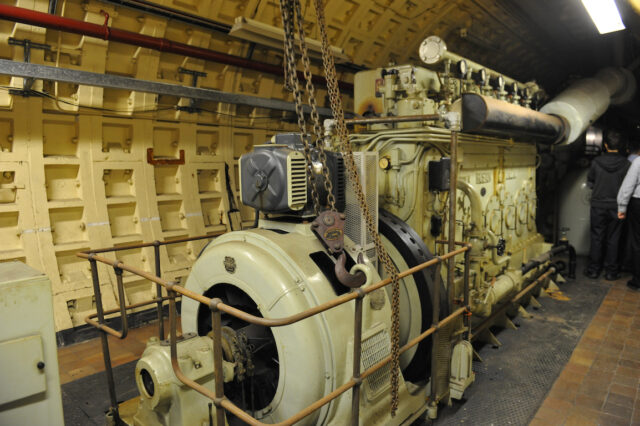
By 1944, the Kingsway Exchange Tunnels were being manned by the Inter-Services Research Bureau, the codename for the Special Operations Executive (SOE) – better known as British Prime Minister Winston Churchill‘s “Secret Army.” The group eventually became MI6.
The majority of equipment used by the SOE was removed following V-E Day in 1945, with the tunnels turned into a “reserve war room” to hold upwards of 400 tons of highly-sensitive documents and files. Not long after, the General Post Office took over the tunnels and added four smaller ones, at right angles to the original pair.
Kingsway Telephone Exchange
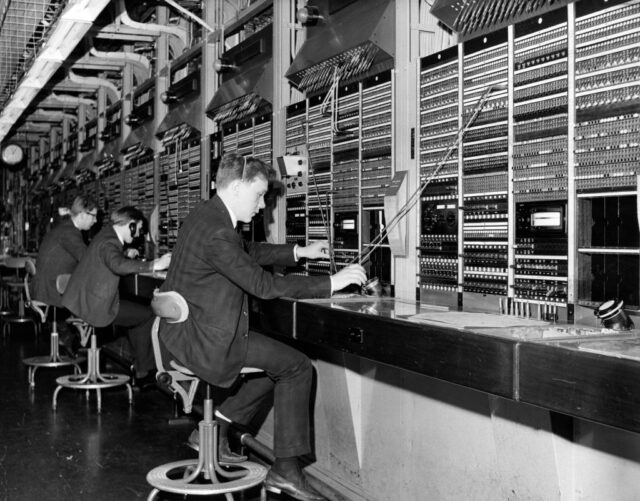
By the 1950s, the Kingsway Exchange Tunnels had been transformed into the Kingsway Telephone Exchange. At the height of the Cold War, the site employed 200 workers and was home to a network of 5,000 trunk cables. It even played host to TAT-1, the first Transatlantic telephone cable, which connected the leaders of the United States and the Soviet Union.
Bars, snooker tables and a tropical fish tank
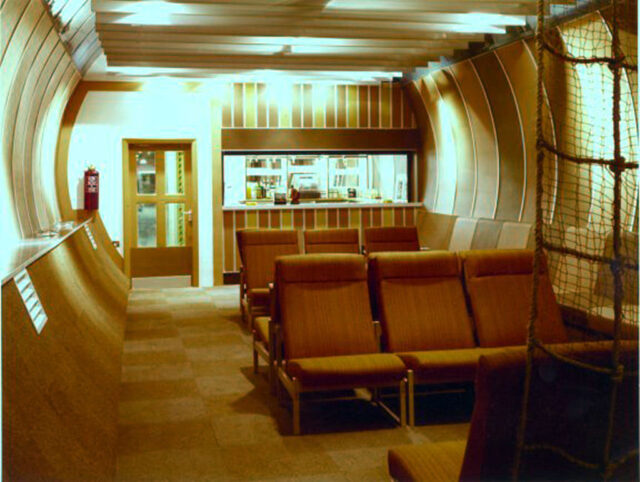
British Telecom took over the Kingsway Telephone Exchange in the 1980s and completely redesigned the tunnels. Not only were they home to the world’s deepest licensed bar, used exclusively by government staff, they were complete with a tropical fish tank, a tea bar, an artesian well and enough rations to keep several hundred people alive for months, in the event of a nuclear attack.
Abandoning the Kingsway Exchange Tunnels
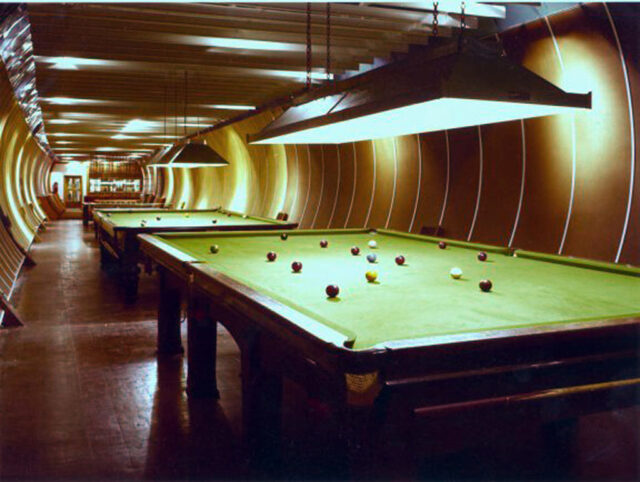
Unfortunately, British Telecom couldn’t keep the operation running for long, as it was discovered the tunnels contained large amounts of blue asbestos, which was commonly used as a form of insulation during World War II. By 1995, it was reported the main distribution frame was the only thing still in service, but this was eventually removed.
A year later, the Kingsway Exchange Tunnels had been completely abandoned, albeit still under the ownership of British Telecom. The company tried to tell them in 2008, but was unable to find a buyer.
Turning the Kingsway Exchange Tunnels into a tourist attraction
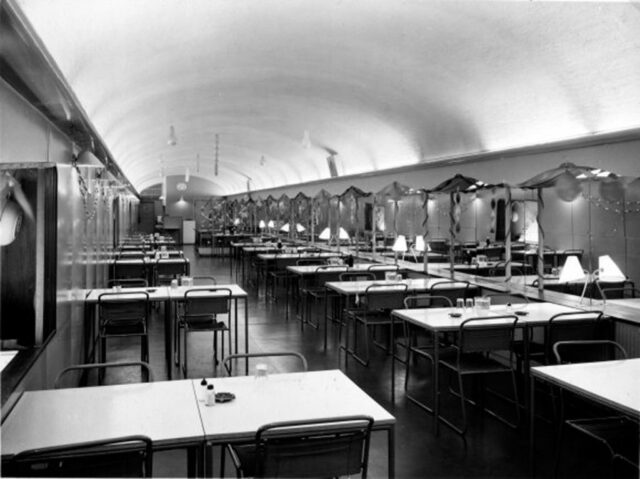
In September 2023, it was announced the Kingsway Exchange Tunnels would be renovated and turned into a tourist attraction, should approval be granted. As CNN reports, the project, slated to cost $268 million, would transform the tunnels into “a glitzy immersive experience.”
According to Angus Murray, CEO of The London Tunnels Ltd., the aim is to bring the history of the WWII-era tunnels to life via the use of interactive exhibits, immersive screens, pinpoint speakers and scene-emitting technology – essentially, the hope is to transport an estimated two million annual visitors back in time.
If all goes according to plan and the proposal is accepted, the Kingsway Exchange Tunnels could once again be open to the public by 2027.
